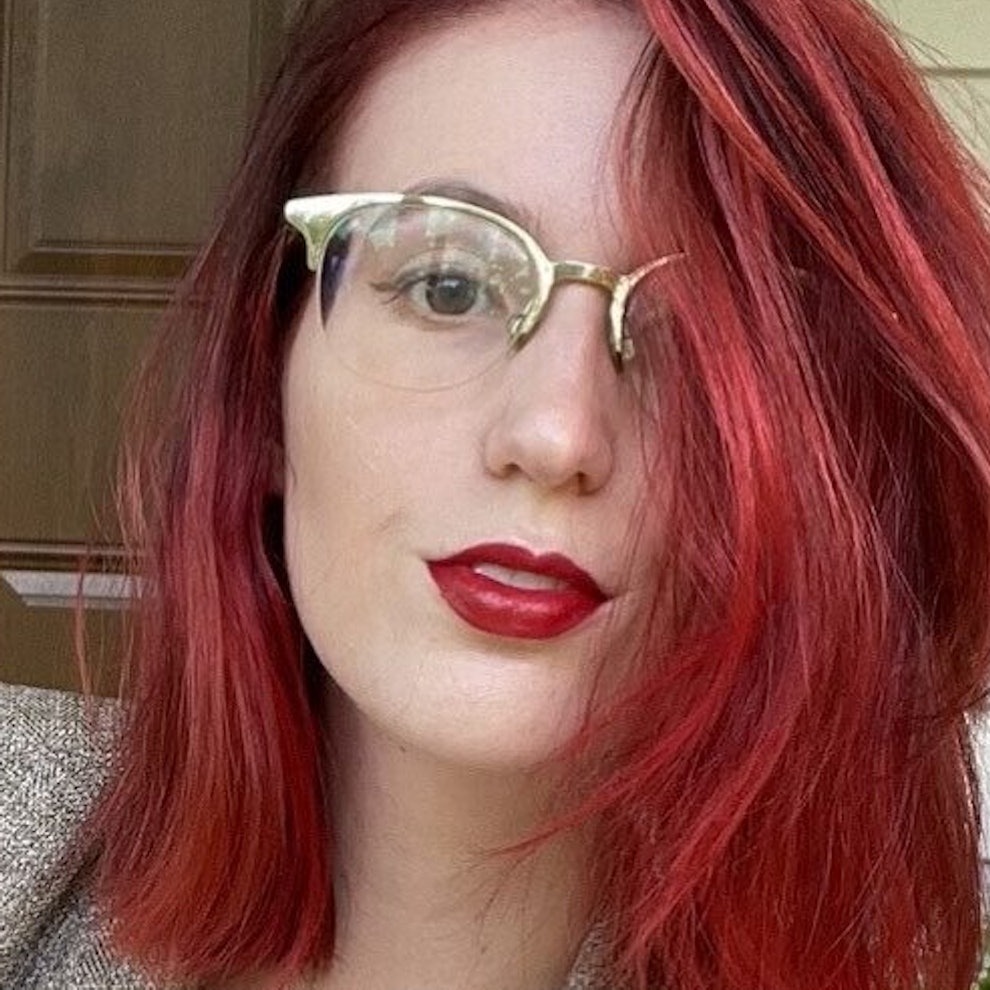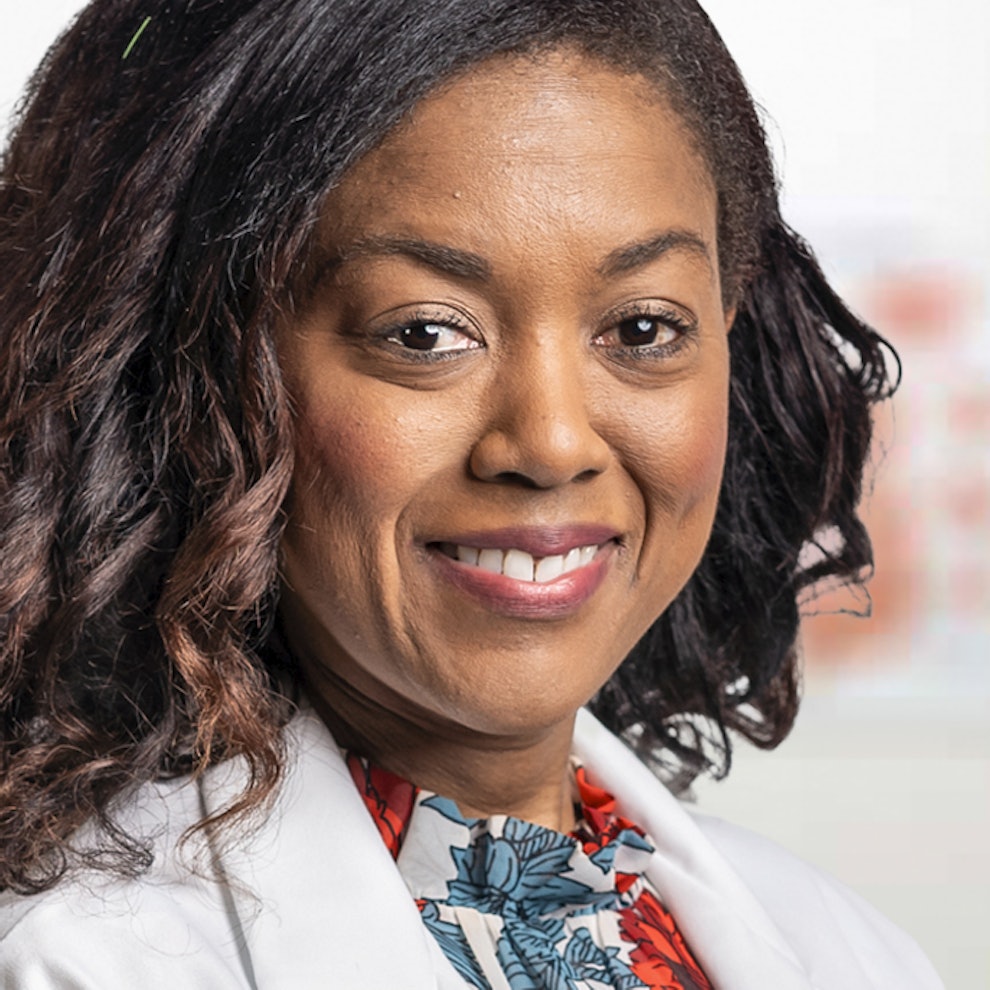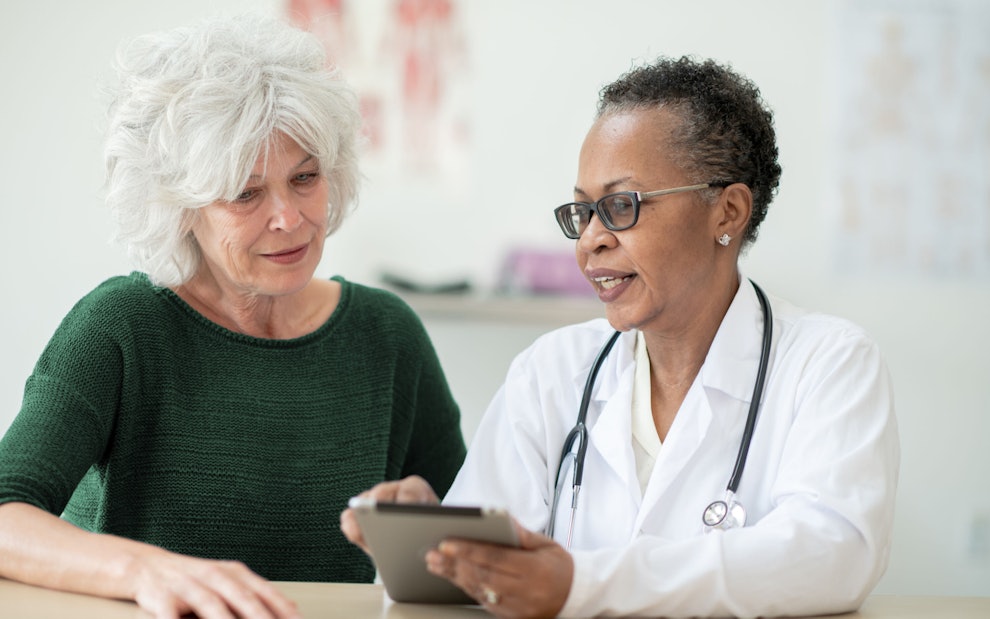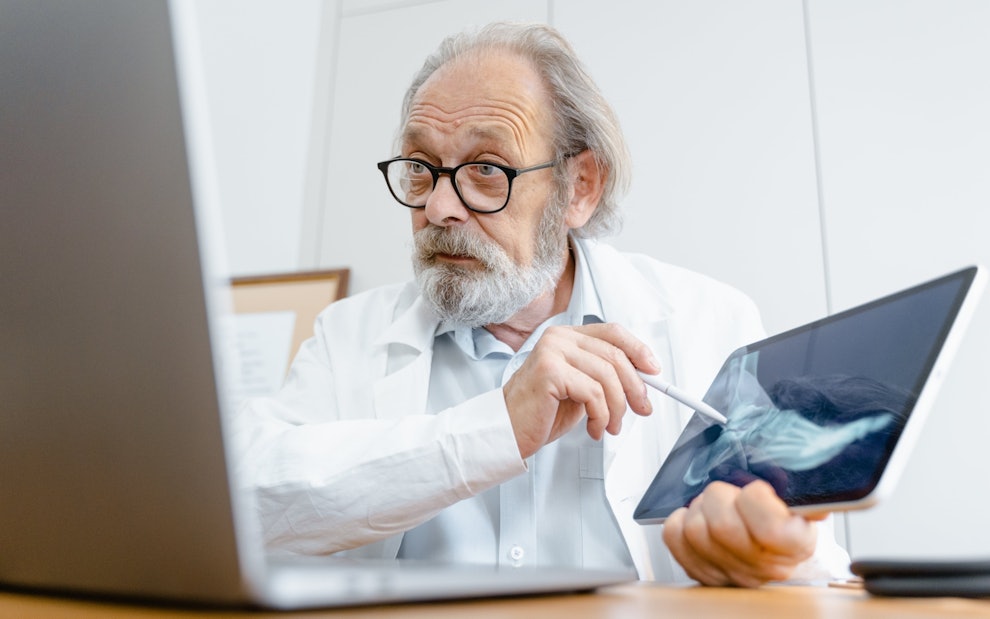4 Stroke Symptoms: Signs of a Stroke & What to Do
Article at a glance
Strokes are extremely common.
Stroke symptoms can happen suddenly and rapidly, and requires immediate emergency care.
Strokes can result in permanent brain damage or even death, but there are steps one can take to help with prevention.
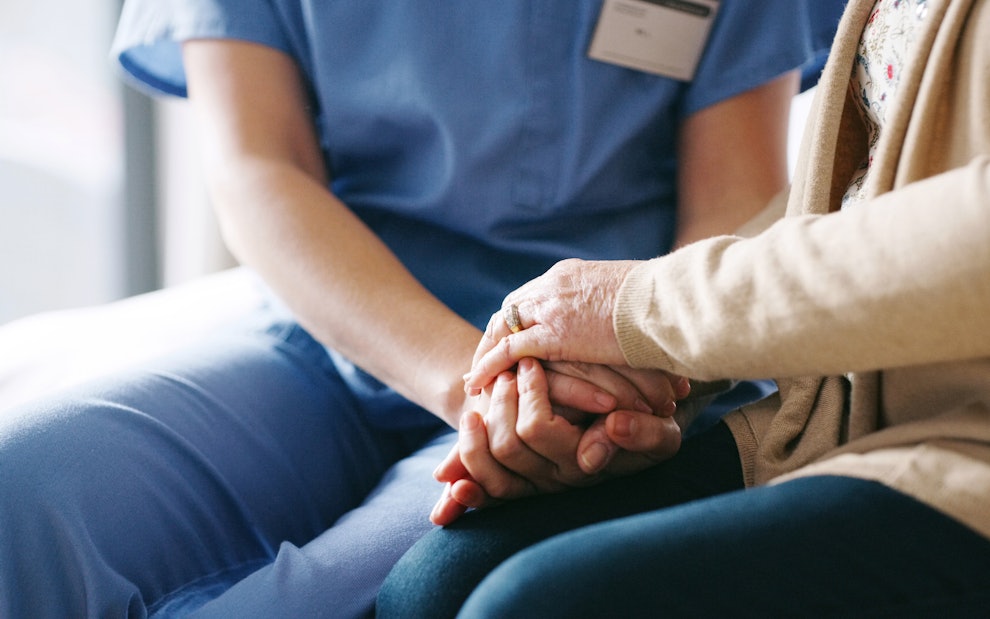
What Is a Stroke?
A stroke is when blood flow to the brain is completely blocked and affects the brain’s blood supply. This can result in a lack of oxygen and vital nutrients that the brain requires to function, causing brain cells to die within minutes.
A stroke is considered a medical emergency and requires immediate attention. It can result in permanent brain damage or disability, and in some cases, even death.
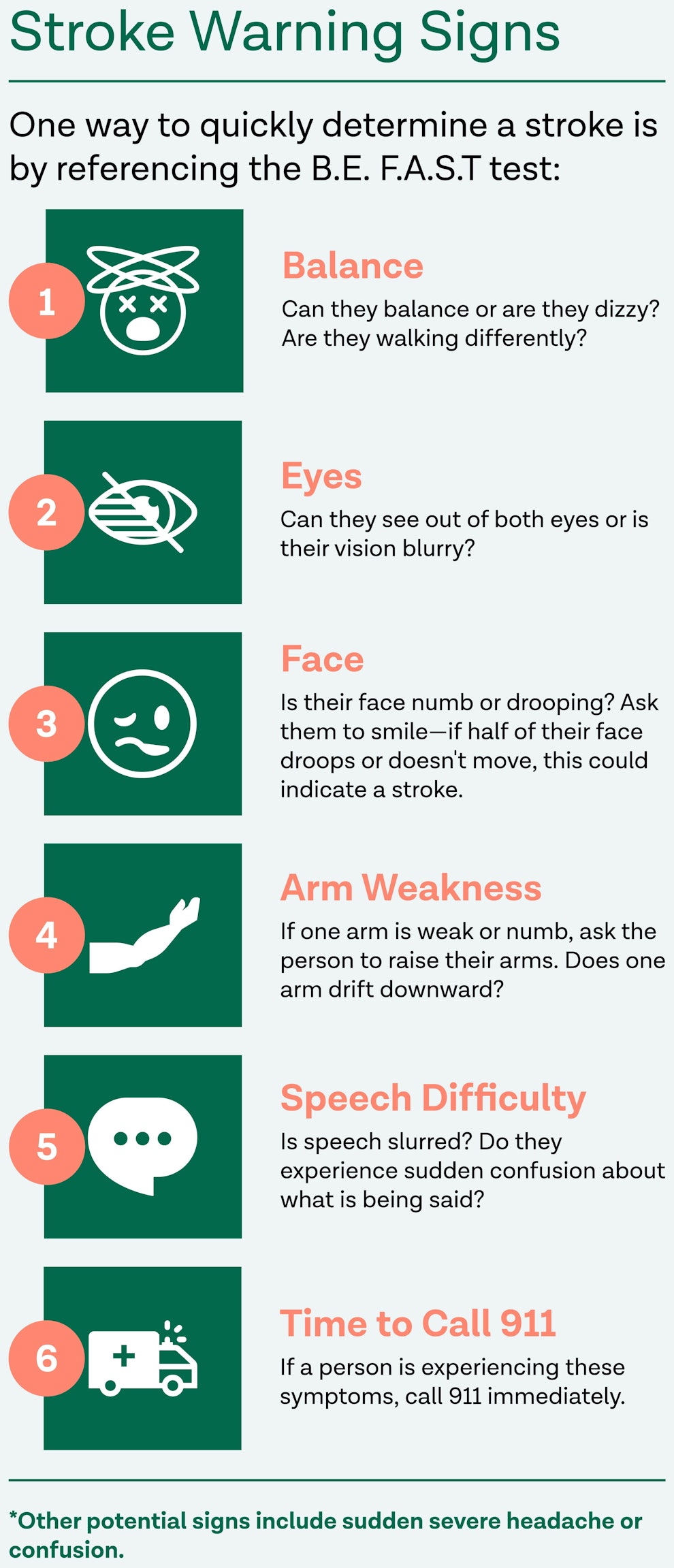
What are the Symptoms of a Stroke?
It’s important to be aware of the signs and symptoms of a stroke. One way to quickly determine the possibility of a stroke is by referencing the F.A.S.T test:
Face: If the side of a person’s face droops or is numb, ask the person to smile—if half of their face doesn’t move or is drooping, this can potentially indicate a stroke.
Arm weakness: If one arm is weak or numb, ask the person to raise their arms. Does one arm drift downward?
Speech difficulty: If the person has sudden trouble speaking or understanding speech. Is speech slurred? Do they experience sudden confusion about what is being said?
Time to call 911: If a person is experiencing previous symptoms, call 911 immediately.
Other Stroke Symptoms
There are other potential stroke warning signs outside of the F.A.S.T test, including
Numbness (sudden numbness in the face arm or leg)
Sudden severe headache
Confusion
Trouble seeing, speaking, or walking
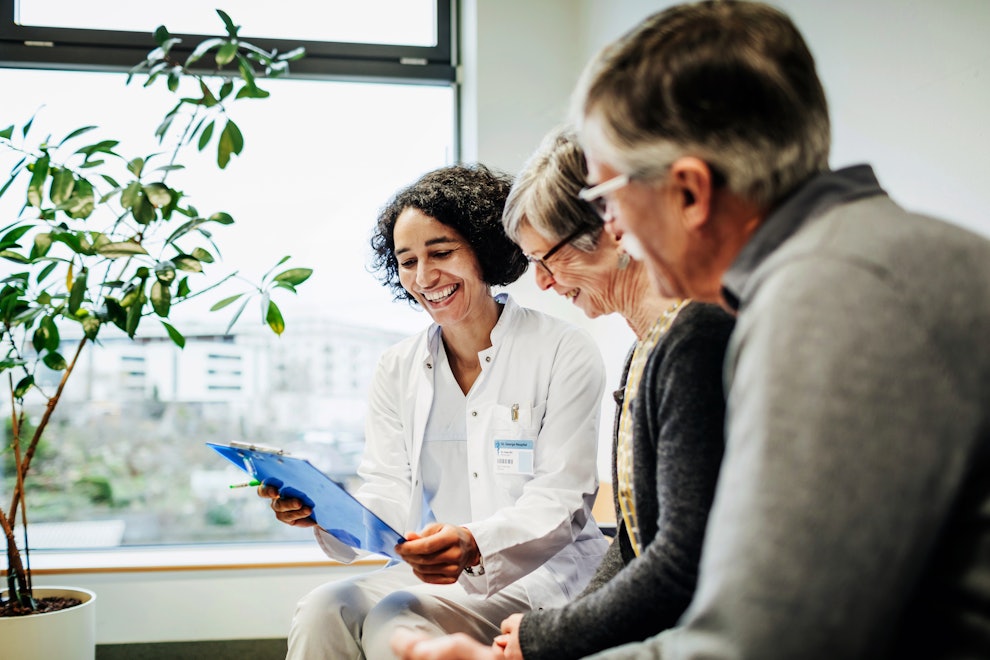
Causes of Stroke
There are two main causes of a stroke, which are:
- Blocked artery: when a brain artery is blocked (often due to plaque buildup and blood clots) blood flow is restricted to the brain thus causing a stroke.
- Busted blood vessel: when a brain blood vessel bursts, it can restrict blood flow and oxygen to the brain, inducing a stroke.
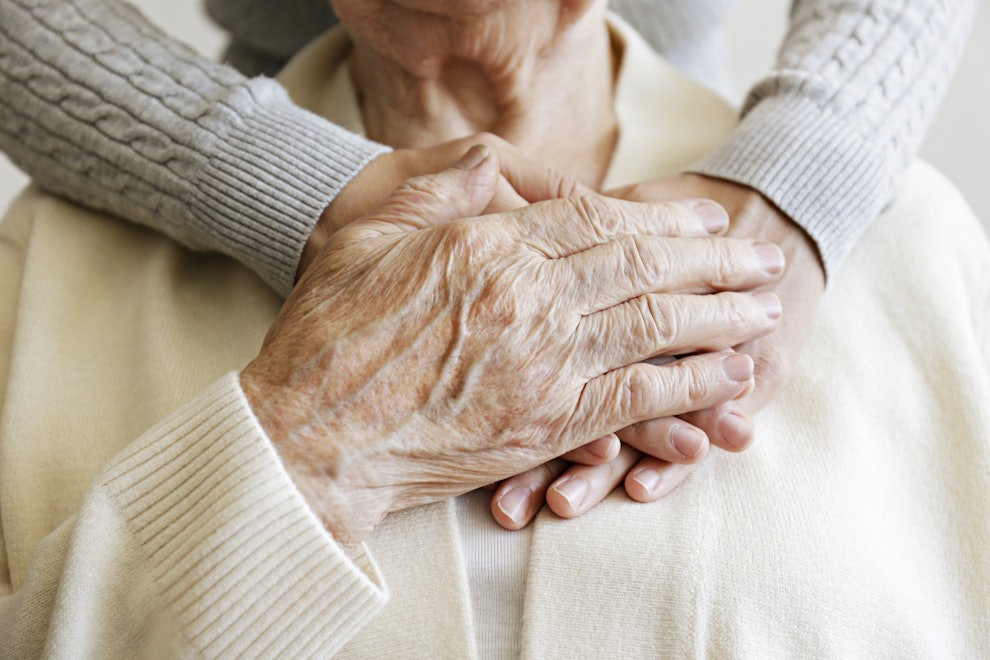
Types of Stroke
There are a few different types of strokes, including ischemic, hemorrhagic, and transient ischemic.
Ischemic stroke
This is the most common type of stroke. It occurs when the brain’s blood vessels become extremely narrow or restricted and results in limited to no blood flow. This causes the brain’s oxygen supply to be reduced or even cut off completely.
Hemorrhagic stroke
This occurs when a blood vessel in a person’s brain leaks or experiences rupture. With this type of stroke, a lot of pressure has built up in the brain tissue which can lead to more damage and inflammation in comparison to other stroke types. This type of stroke is more common in those with high blood pressure.
Transient Ischemic Attack (TIA)
This is also referred to as a mini stroke, and isn’t the same as a typical stroke. The main difference is a TIA produces the same signs and symptoms of stroke, but the signs/symptoms typically resolve within 24 hours. A TIA occurs when a blood clot or fatty deposit blocks blood flow to part of the nervous system. If you believe you’ve had a TIA, it is still extremely important to seek medical attention.
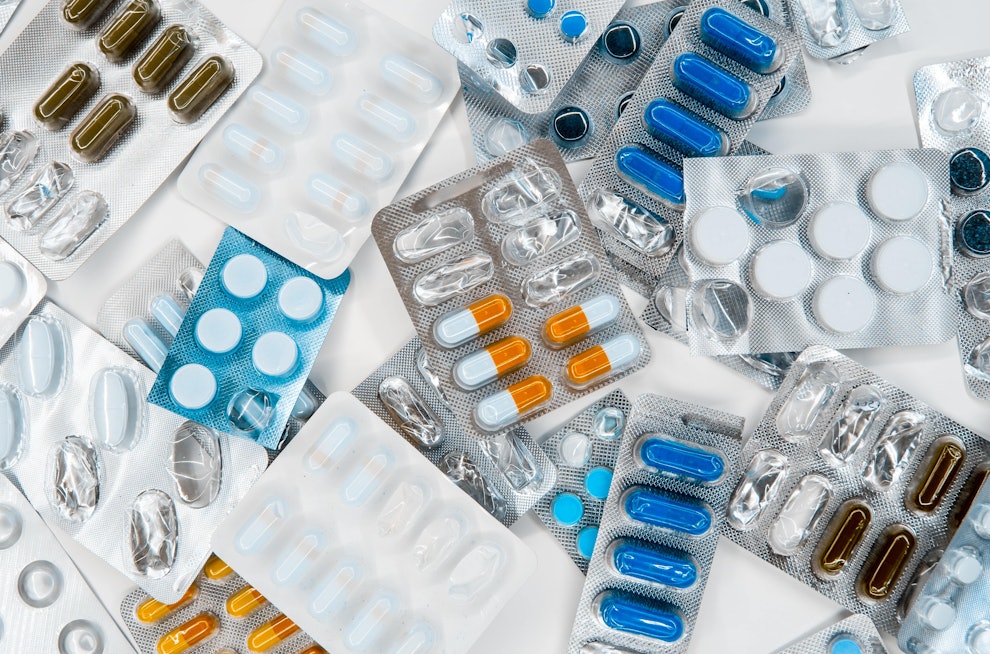
Preventive Medications
If a person has already experienced a stroke, a PCP may recommend medications to help reduce the possibility of another one occurring. Examples of these include:
Anti-platelet drugs: these drugs are used to make platelets in the blood (which form clots) less sticky, therefore reducing the risk of a blood clot forming. Aspirin is the most common anti-platelet drug.
Anticoagulants: these drugs are blood thinners that also help reduce the chances of blood clotting. Heparin, Jantoven (also known as warfarin), and Eliquis are the most commonly administered anticoagulants.
Risk Factors of a Stroke
Some stroke risk factors include:
- High blood pressure
- Diabetes
- Diseases affecting the heart and blood vessels
- High cholesterol
- Smoking
- Age
- Family history/genetics
- Anxiety, depression, or high-stress levels
- Certain medical conditions such as:
- Sickle Cell Disease
- Bleeding Disorders (such as vitamin K deficiency bleeding, liver disease-associated bleeding, etc.)
- Kidney Disease
When To Seek Medical Attention
If a person shows signs of a stroke, seek medical attention immediately. The F.A.S.T test can be a quick indicator of when to seek emergency care. Given that strokes can quickly cause permanent damage, it’s important to get emergency medical care as quickly as possible so they can begin life-saving treatment.
If a person’s symptoms quickly disappear, it is still important to get medical attention, as it could indicate a larger possibility of a stroke later on. Early treatment can make a significant difference.
Complications from Stroke
Even after a stroke and receiving treatment, there can still be additional complications, including:
- Brain edema: swelling of the brain after a stroke.
- Pneumonia: a lung infection that causes breathing problems. Pneumonia can result after a stroke due to the inability to move around much.
- Seizures: abnormal electrical activity in the brain that causes unwanted convulsions. These tend to be more common with larger strokes.
- Shoulder pain: this may stem from a lack of support of an arm due to weakness or paralysis. Deep venous thrombosis (DVT) — blood clots form in the leg veins because of immobility from a stroke.
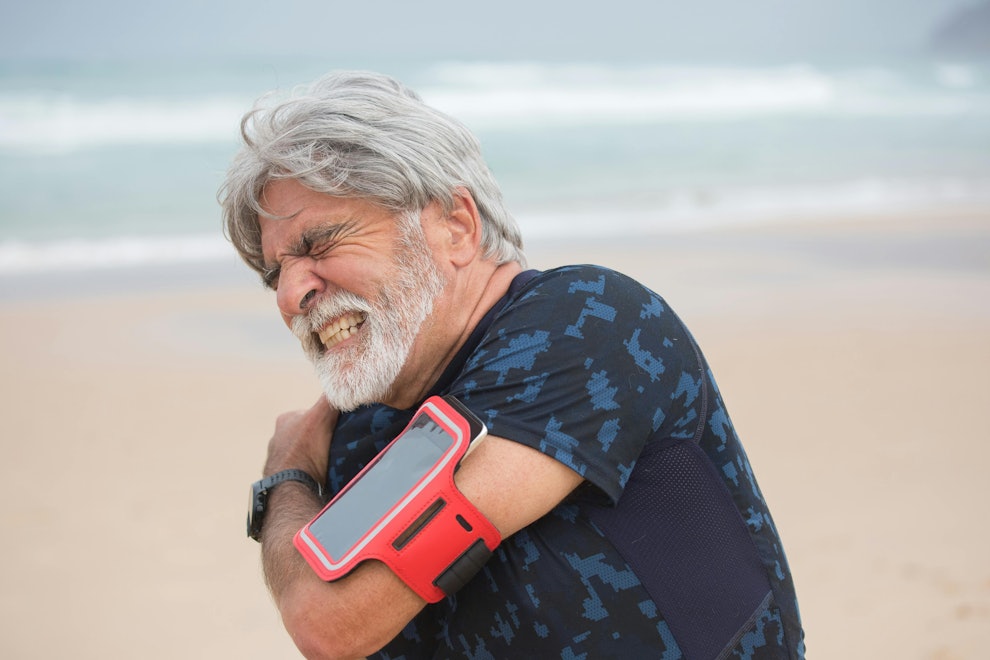
Stroke Treatments
Treating a stroke requires immediate attention to increase the chances of survival and reduce the possibility of complications.
Ischemic Stroke Treatments
An ischemic stroke is when the brain’s blood vessels become narrowed or restricted, preventing blood flow to the brain. Treatments for this type of stroke include:
- Emergency IV medication: these drugs must be administered within 4.5 hours of when symptoms first appeared in order to be effective, and they work to dissolve the blood clot causing the stroke.
- Emergency endovascular procedures: these are used to treat strokes directly inside the blocked blood vessel, and can include medications delivered to the brain using a catheter tube or using a device attached to a catheter to directly remove the blood clot causing the stroke.
Hemorrhagic Stroke Treatments
Hemorrhagic strokes are when a brain’s blood vessel experiences rupture or starts leaking, causing blood to leak in the brain. Treatments for this type of stroke include:
- Medications: since hemorrhagic stroke treatments focus on minimizing the bleeding, medicines may be given to those who are on blood thinners to counteract their effects. Additionally, medications may be administered to help prevent swelling in the brain or lower blood pressure.
- Surgery: if the area that is bleeding is very large, surgery may be required to remove the blood so that pressure on the brain can be alleviated. Surgery may also be done to repair a ruptured blood vessel.
- Arteriovenous Malformation (AVM) Removal: if the stroke is caused by an AVM, which is a tangle of blood vessels, surgery may be done to remove the AVM.

Ways To Prevent a Stroke
Some potential ways to help prevent stroke include lifestyle changes, managing medical conditions and more.
Healthy Eating Choices
Healthier eating choices, especially those that help regulate high blood pressure and cholesterol levels, can help reduce the risk of a stroke.
Exercise
Combined with a healthy diet, exercise can also help with high blood pressure and cholesterol levels and reduce stroke risk.
No Smoking
Smoking restricts and narrows blood vessels, placing a person at a much higher risk of a stroke.
Moderate Alcohol Intake
Cutting back or eliminating alcohol consumption can help regulate high blood pressure levels, reducing overall risk.
Managing and Monitoring Medical Conditions
Some medical conditions can carry a higher risk of stroke. Monitoring and managing these conditions can help reduce the risk of triggering a stroke.
FAQ
What do I do for a stroke if I am alone?
Call 911 immediately. Be sure not to eat, drink, or take any medications. Also, do not drive or fall asleep. While waiting for medical assistance, note the timing of symptoms and what you are feeling.
Sources
- https://www.webmd.com/stroke/guide/signs-of-stroke
- https://www.nhlbi.nih.gov/health/stroke/causes
- https://www.nhlbi.nih.gov/health/stroke/symptoms
- https://www.nhs.uk/conditions/stroke/prevention/
- https://www.stroke.org/en/about-stroke/stroke-symptoms
- https://www.cdc.gov/stroke/signs_symptoms.htm
- https://www.cdc.gov/stroke/facts.htm
- https://www.stroke.nih.gov/materials/needtoknow.htm
- https://www.nhlbi.nih.gov/health/bleeding-disorders/types
- https://www.stroke.org/-/media/Stroke-Files/Lets-Talk-About-Stroke/Life-After-Stroke/LTAS_Complications-After-Stroke.pdf
- https://www.umms.org/ummc/health-services/neurology/services/stroke/hemorrhagic
- https://www.holycrosshealth.org/health-and-wellness/holy-cross-health-blog/6‑dos-and-donts-when-you-spot-a-stroke
- https://www.mayoclinic.org/diseases-conditions/stroke/symptoms-causes/syc-20350113#:~:text=Transient%20ischemic%20attack,-A%20transient%20ischemic&text=The%20decrease%20may%20last%20as,you’ve%20had%20a%20TIA%20.
- https://www.hopkinsmedicine.org/health/conditions-and-diseases/stroke#:~:text=Hemorrhagic%20stroke.,even%20more%20damage%20and%20irritation.
Stroke Warning Signs
What symptoms occur when a stroke hits and how to handle the situation: B.E.F.A.S.T.
